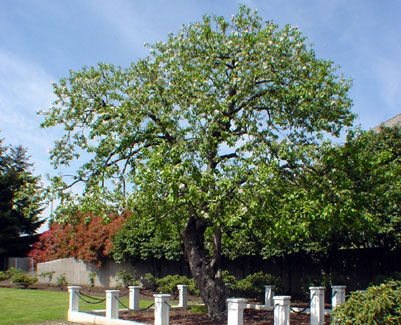
According to Saussure, in his “Course in General Linguistics,” words and letters are signs. In our community, words signify the image of the object. The word tree automatically conjures up a picture of a tree in everyone’s mind. However, the word to image connection is completely arbitrary. What this means is, the word tree is completely subjective to culture. We have developed the word Tree, yet in other cultures a different word would signify the same image. Take Spanish for example, arbol is Spanish for tree. Yet, like in English it signifies the a tree that is not a palm tree or cactus. Nevertheless, if said to someone, an image of a tree would emerge in their mind.

The major issue with the signifier and the signified is the fact that a particular word may not induce the same image in everyone’s mind. Since the word to image concept is arbitrarily based, we are effected by our surroundings and associations. Cat, for example, may create different images or thoughts in everyone’s mind. I may think of my cat, whereas someone may think of their own, or jungle cat, or some crazy cat that attacked them when they were a child. Perhaps, even the word cat may not even create an image in the mind of the listener. This is where language is dependant of the social aspect of life. Someone who has never seen a cat may not have a tangible image in their mind—and would instead depend on the other adjectives the writer or speaker uses to create the image in their mind.
No comments:
Post a Comment